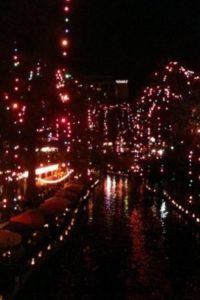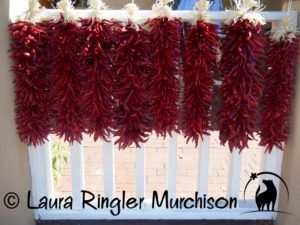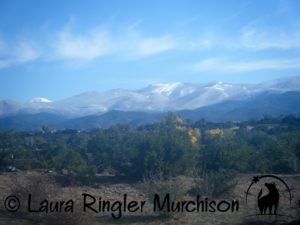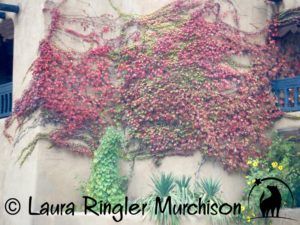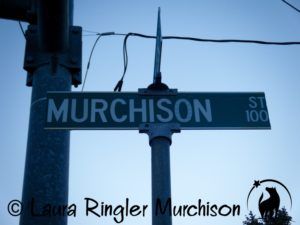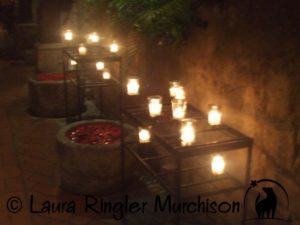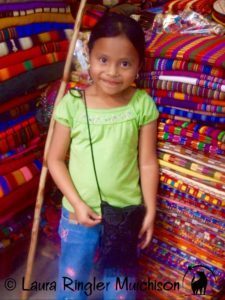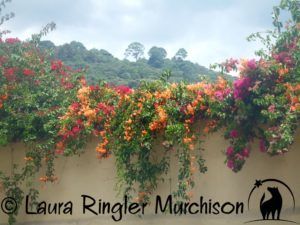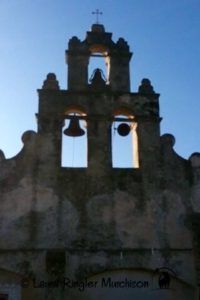
I had always wanted to tour the San Antonio missions but never had the chance. There are five Spanish frontier missions dating back to the 18th century: the Mission Espada, Mission San Juan, Mission San Jose, Mission Concepcion, and of course who could not remember the Alamo. The mild December weather lent itself perfect for walking. Pictured here is Mission San Francisco de la Espada. It is the oldest of the East Texas missions moved to the San Antonio river and I love the front with its three bells and cross at the top. Known as “the Queen of the Missions”, Mission San Jose is the largest and was almost completely restored to its original design in the 1930’s by the Works Projects Administration. At least three of these are designated UNESCO World Heritage Sites. My love of churches does not prevent my loathing of how Native American Indians were “converted.” I agree with American Christian minister Robert H. Schuller’s belief in which he once said:
“A mission is a place where you ask nonbelievers to come and find faith and hope and feel love.”
Despite the fact that these are now historical landmarks and no longer active churches, vestiges of sanctity can still be felt in the lingering whisper of shadows on the adobe and stone walls. I hope our working churches today are a tangible reflection of Jesus Christ’s divine love … God made manifest in man; linking the eternal with the temporal. Our mission to see the missions made for a lovely and interesting day. Mission complete.

